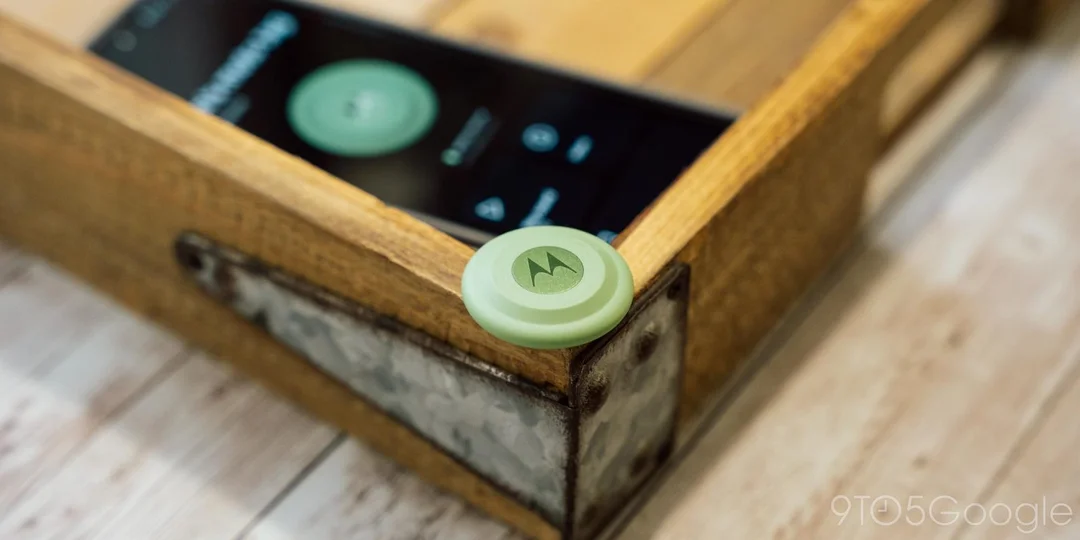
Google’s Find My Device Network: Closing the Gap on Apple AirTags with UWB and Speed Boosts
Google's Find My Device network is getting a significant boost aimed at rivaling Apple's AirTags. After initial criticisms of slow speeds, Google is now claiming a 4x increase in speed for locating lost items. But the biggest upgrade on the horizon? Ultra-Wideband (UWB) support, promising AirTag-like precision.
When Google's crowdsourced network initially launched using Android phones to find Bluetooth trackers, it struggled to match the performance of Apple's Find My or Samsung's SmartThings Find. Early reports noted slow tracking and inconsistent results. However, Google has been working behind the scenes on improvements, and now they're putting a number on it: a 4x speed increase.
What's behind the improvement? According to Google, it's a combination of algorithmic tweaks and adjustments to how Android devices scan for trackers. They've optimized the frequency and duration of Bluetooth scans, leading to faster communication and quicker location updates. Improved privacy settings adoption by users, switching from "high-traffic areas" to "all areas," also plays a critical role.
The UWB Factor: The real game-changer is the impending arrival of Ultra-Wideband (UWB) support. 
Real-world testing still reveals gaps: A recent test by The Verge highlighted that while Google's network has improved significantly, it still faces challenges in less populated areas compared to Apple's offering. Google's network relies on aggregated location data to protect user privacy, requiring multiple Android devices to detect a tracker before pinpointing its location. This can lead to less precise tracking and make it difficult to track moving items accurately. 
Privacy vs. Precision?: Google has seemingly prioritized privacy in designing its Find My Device network, potentially sacrificing some tracking accuracy compared to Apple’s more aggressive (and data-intensive) approach. Time will tell if this is a winning strategy.
What's Next? Android product manager Angela Hsiao confirmed UWB support is coming "very soon". Many speculate that we will hear more news regarding this highly anticipated update at Google I/O.
While the improvements are promising, it remains to be seen how Find My Device will truly stack up in real-world scenarios, especially in scenarios outside dense urban environments. What are your thoughts? Do you think UWB support will make Google's Find My Device a true AirTag competitor? Let us know in the comments below!